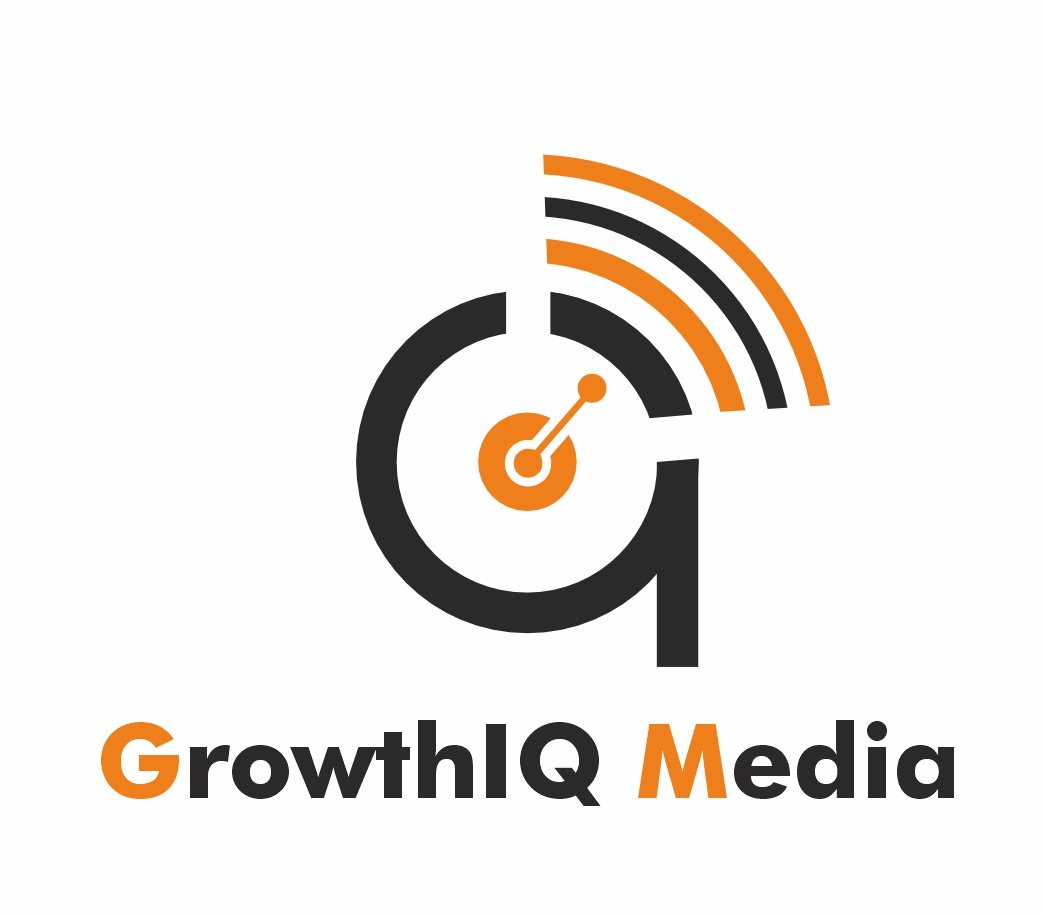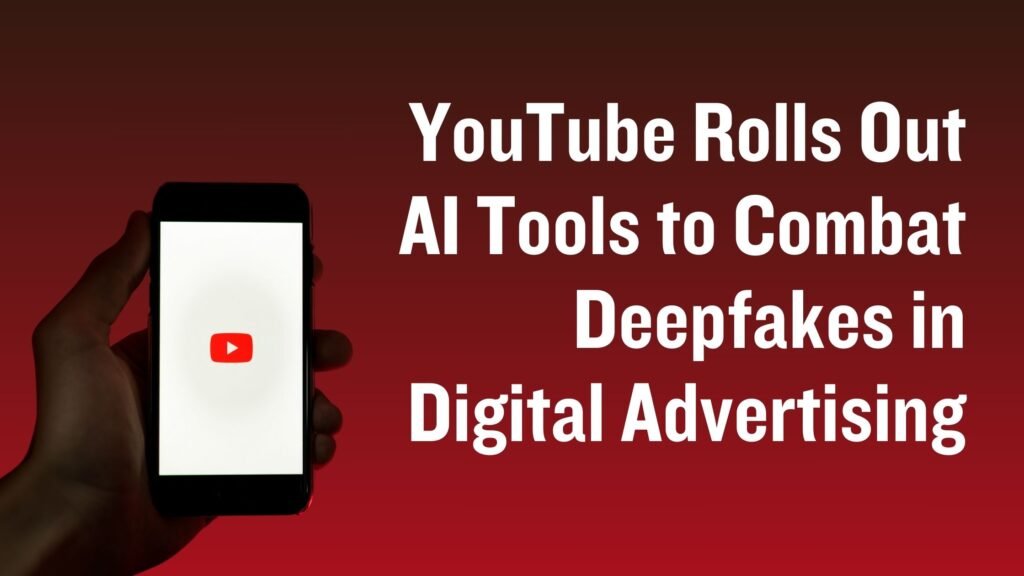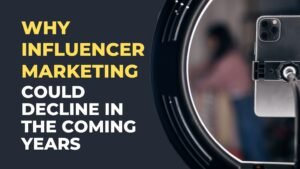Technological advancement goes hand-in-hand with challenges galore. Among the most alarming recent developments has been deepfakes – overwhelmingly realistic digital forgeries created with the help of artificial intelligence, or AI. They can be hilariously convincing, posing huge threats to the authenticity of digital content, especially in advertisements. As a response, YouTube, the video-sharing giant, has developed a batch of AI-pitched tools aimed at detecting and countering deepfakes in digital advertisements.
This blog delves into YouTube’s latest AI innovation, implications for digital advertising, and how things are going to shape up in this industry moving forward.
The Rise of Deepfakes in Digital Advertising
Deepfakes were originally used in the cinema. However, advancing AI technologies rendered them sophisticated and accessible. Deepfakes can now be found in politics, media, and advertising. This risk is relatively growing in the domain of advertising since deepfakes can be used in false endorsements, misleading campaigns, or even brand manipulation.
What are deepfakes?
Deepfakes represent one’s use of Artificial Intelligence and machine learning (ML) in the creation of synthetic media. Here, one’s likeness may be manipulated or even created to exist full-time as voice, actions, etc.
How do they impact digital advertisement?
Deepfakes distort the truth in campaigns, erode the trust consumer places in a product, and have violated property rights. Brands falling prey to deepfakes may suffer reputational damage, loss of credibility, and even legal action.
Prominent Cases of Advertising Deepfakes
Recent cases of deepfakes in advertising have caused quite a scare among marketers and consumers alike as follows:
- Deepfake celebrity endorsements: Ads featuring a fabricated endorsement from a known celebrity without the celebrity’s consent. (Source: Forbes)
- Political advertising manipulation: Campaign ads that use AI-generated deepfakes to deceive voters. (Source: Wired)
- Product reviews and testimonials: Fictitious video reviews of real customers’ likenesses manipulated to give fake, positive reviews. (Source: The Guardian)
YouTube’s AI Tools: The Game-Changer in Digital Advertising.
Noting how deepfakes threaten advertisers and viewers, YouTube has rolled out a toolkit of AI-powered tools to scan and deter deepfake content on the platform. According to the statement, such tools are meant to ensure that advertisers and content creators maintain their authenticity while malicious actors do not exploit the emerging technology.
Key features of YouTube AI tools
Deepfake Detection Algorithms
YouTube’s proprietary AI algorithms can now detect deepfake content with improved accuracy, alerting suspicious videos before they reach a wider audience. Detection systems learn as they go through large datasets, which improves their strength over time.
Automated Video Review
YouTube’s AI tools automatically scan video content for signs of deepfake manipulation before the advertising is allowed to display. The system therefore safeguards the campaigns of advertisers against fraudulent or deceptive content.
Proof of Originality
One of the most powerful features of YouTube’s new AI tools is the verification of a person or brand’s identity in video content. It cross-references publicly available information to verify that the endorsements or appearances are legitimate. (Source: MIT Technology Review)
How These Tools Work
- The deepfakes in the platform are now detected with machine learning based, using millions of authentic and synthetic videos to identify manipulated footage in YouTube.
- Real-time analysis – AI tools can analyze videos in real-time to assess whether they contain deepfake elements, thereby allowing an organization to minimize the chance of deepfakes slipping through the cracks.
- Review system of contents – Flagged videos are sent for additional human review to ensure accuracy while blending the power of AI with human oversight for a more robust system.
Advantages for Advertisers
Finally, after all these, AI tools have come to save brands and advertisers from the urgency of using YouTube for all purposes of digitization, as the channel is already one of the biggest advertising channels worldwide; in 2022 alone, ad revenues hit $29.24 billion (Statista). However, deepfakes remain a severe threat against advertising integrity. Here’s how YouTube’s AI tools are likely to benefit the advertisers:
Better Brand Protection
This would mean that through deepfakes, advertisers may be able to avoid hijacking their campaign that could harm their brand or misrepresent their message.
Increased Consumer Confidence
With authentic content, brands will get the trust of the consumers since these AI tools are actually reducing the prevalent fraudulent ads in the platform.
Legal Risk Reduction
The onset of deepfakes will prevent disputes related to false advertising claims in case brands are mistakenly perceived as sponsoring content manufactured by deepfakes.
Industry Impact: How Will This Change Digital Advertising?
This may be the event that turns around digital advertising as YouTube launches AI tools to detect and counter deepfakes. Digital advertising spending is forecast to reach $701.20 billion by 2025 (Statista), which makes it one of the high-stakes games for such advertisers who would seek to keep their investment and consumer confidence intact.
Key Industry Changes We Would Expect:
More Video Content Under Scrutiny
More platforms will adopt AI tools in an effort to prohibit deepfakes from seeping into their ad ecosystems, as YouTube does. This should make video review processes more stringent across the digital ad industry.
More Investment in AI Security
With time, usage AI detection tools are only going to get better and so their depth into AI-driven security solutions throughout the digital media landscape for more comprehensive protection against emerging threats such as deepfakes. (Source: Deloitte)
Conclusion: A Step for a Safer Digital Environment
The rollout of AI tools against deepfakes by YouTube shows a significant step to uphold the integrity of online content. With the constant growth of the digital advertising industry, it is necessary to protect against emerging threats such as deepfakes, and offering these tools is one step through which YouTube can contribute to this effort and continue to ascertain itself as a reliable video content platform.
When the tools are embraced by the advertisers and the brands, their messages can be seen as authentic and trustworthy in an AI-driven world. Much awaits the future of digital advertising with these AI innovations.






Leave a Reply